
The recovery and growth of tourism after COVID-19 has brought joy to the world. However, tourism professionals and destinations must immediately find solutions to deal with the problem of overtourism. This is a problem for world tourism, not just Vietnam, if we want to develop sustainably in the future.

Tourists experience kayaking and rowing boats on Ha Long Bay. Photo: Thanh Van/VNA
The challenge of overload
Overtourism is the excessive growth of tourist numbers leading to overcrowding at a destination, causing negative impacts on the environment, population, culture and society of that place. This situation has forced many destinations around the world to take measures to reduce the number of tourists in the central area and move towards other routes of discovery.
In France, for example, 80% of tourism activity is concentrated in just 20% of the territory. Therefore, the authorities have developed a promotional program to promote four-season tourism across the country, encouraging tourists to switch to lesser-known destinations or not travel during the peak summer season.
Venice (Italy) has planned to charge tourists for day trips, but many people say that even with the fee, it will be difficult to avoid being overloaded, with more tourists than locals...
According to the United Nations World Tourism Organization (UNWTO), the 2023 summer tourism overload was predicted, but the number of visitors to and from Europe is generally down 10% compared to 2019. Partly due to the decrease in visitors in Eastern European countries, Chinese tourists have not been able to fully recover. |
In Japan, the Fuji climbing season starts in July and lasts for several months. According to statistics, this year, this destination attracted about 65,000 hikers, an increase of 17% compared to 2019. Authorities have repeatedly warned about the situation of the foot of Mount Fuji being littered with garbage, traffic jams, and lack of accommodation for visitors... According to a representative of the Japan National Tourism Organization (JNTO), the country is currently focusing on developing sustainable tourism associated with protecting and nurturing the regional environment, regional culture, and protecting and nurturing the regional economy. Measures being implemented include curbing and preventing excessive tourism, overcrowding...
In Vietnam, along with the development of tourism, especially in localities and destinations with strong growth in the number of visitors, there is also a situation of overload, mainly the domestic tourist market during peak seasons, holidays and Tet. Typically in Sa Pa, Hanoi, Quang Ninh, Ninh Binh, Sam Son, Hoi An, Da Nang, Nha Trang, Da Lat, Ho Chi Minh City, Phu Quoc... This situation has directly affected the experience of tourists, the quality of tourism products and services, the environment, ecosystem, security, safety; affecting the management and operation of destinations; the quality of life of local people...
Dr. Nguyen Tuan Anh, Director of the Institute for Tourism Development Research (Vietnam National Tourism Administration, Ministry of Culture, Sports and Tourism) gave some evidence related to tourist overload in our country. On average, about 1.8 million tons of plastic waste are discharged each year, the tourism competitiveness index ranks 129/136 in terms of environmental sustainability. In Sa Pa, the actual capacity only meets the domestic water demand of 6,000m3/day and night; on weekends and holidays, the domestic water demand is 5,000 to 6,500m3/day and night, at times only meeting 80% of the demand, even 50%. In Hoi An, many local people have abandoned their heritage. Only about 30% of Hoi An natives own houses, the rest are owned by individuals from Hanoi and Ho Chi Minh City who buy houses and are only allowed to open shops for business...
According to Dr. Nguyen Anh Tuan, the cause of the overload is the tourism boom after COVID-19, the seasonality in many destinations. Limited technical infrastructure, lack of capacity planning at destinations, no reasonable plan to regulate visitors, and lack of product diversity.
Overcrowding of tourists has a significant impact on the environment, culture, society, infrastructure at the destination as well as the psychology of tourists. This causes a decline in the value of experiences, a decrease in the quality of products and services, and a loss of reputation and image of the destination.
Sustainable tourism from core values

Visitors visit Fansipan peak, known as the "roof of Indochina" with an altitude of 3,143m. Photo: Quoc Khanh/VNA
Director of the National Tourism Administration Nguyen Trung Khanh stated that overtourism is a problem of Vietnam's tourism. Local people in key tourist areas have to endure problems such as overcrowding, traffic congestion, waste and noise. Therefore, the tourism industry needs to consider the possibility of diversifying destinations and experiences, considering this the key to preventing overtourism, allowing the tourism industry to recover and develop sustainably.
To move towards sustainable tourism and solve the problem of overcrowding, developing satellite destinations is necessary and certainly goes hand in hand with planning, scheduling and implementation management.
According to Director Nguyen Trung Khanh, satellite destinations will help share the number of tourists from overloaded centers, effectively exploit resources, support the expansion of livelihoods and increase income for local people, gradually improve infrastructure at satellite destinations, and create economic incentives at satellite destinations. In addition, satellite destinations help expand tourism space, increase the attractiveness of new destinations, and enhance the experience for tourists. To develop satellite destinations, it is necessary to identify the "core value" of the destination. That is the tourism resources that local people are proud of, the ability to connect traffic and form routes with tourism product chains. In addition, it is also necessary to focus on exploiting niche markets to develop satellite destinations, creating a distinct mark.
Director Nguyen Trung Khanh said: Localities, especially in satellite areas, need to improve the quality of human resources, support the development of community tourism, develop products, improve service quality, and promote "core" tourism products...
Sharing about the plan to reduce the number of tourists in Sa Pa (Lao Cai), Ms. Hoang Thi Vuong, Head of the Department of Culture and Sports of Sa Pa town, said that there must be high determination because reducing tourism overload requires the participation of all related sectors. Besides, Sa Pa needs to do a good job of planning because if tourism is allowed to be spontaneous, tourists will continue to go to familiar, traditional places. If there is a division of different tourist areas with typical product groups, there will be no conflict in the number of visitors, and a harmonious distribution, not only in Sa Pa but also for the whole province. Lao Cai has a plan to build neighboring and satellite tourist destinations to support the reduction of the number of visitors for Sa Pa in Bac Ha, Y Ty, Lao Cai city, and Bao Yen. The center of Sa Pa town develops community tourism to divide visitors to different destinations.
Many other destinations in Vietnam have chosen a sustainable development direction based on four factors: balancing the interests of the people, protecting the environment, culture and economy, in which the people are the driving force of development. The participation of the local community is a factor that ensures sustainable tourism development. This is a way to contribute to reducing the number of visitors in the central area, which is already narrow and crowded.
In particular, Hoi An considers two factors of ecology and culture as values for sustainable development. There are 3 development areas: urban, sea and island and countryside, which are always connected and interact with each other, creating momentum for harmonious and stable development. In the future, Hoi An will develop into a city of "ecology - culture and tourism" with rich identity. The city is determined to implement, ensure development but in accordance with resources, promote the value of cultural and natural heritage. Therefore, Hoi An focuses on adjusting and supplementing the general planning, focusing on planning the space for tourism development; have policies to develop economic zones of rivers, villages, sea and islands...
For tourism to develop sustainably, it is clear that there must be appropriate planning, because each destination has a limited "capacity". Therefore, developing tourism synchronously to ensure the rights of tourists, protect the environment from overload, and bring benefits to the locality and indigenous people is not easy to do. This is a long-term process and needs to be supported by a unified and synchronous policy mechanism, effective connection between the center and satellite destinations; good models and practices from practice...
According to Tin Tuc newspaper
Source




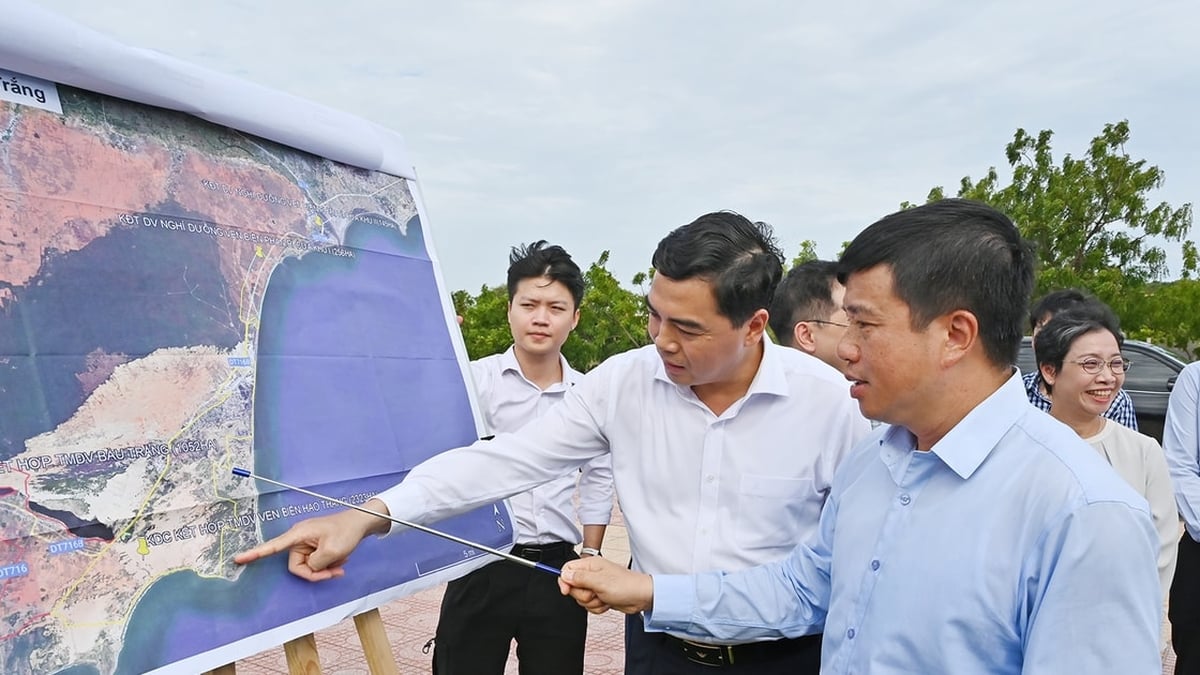
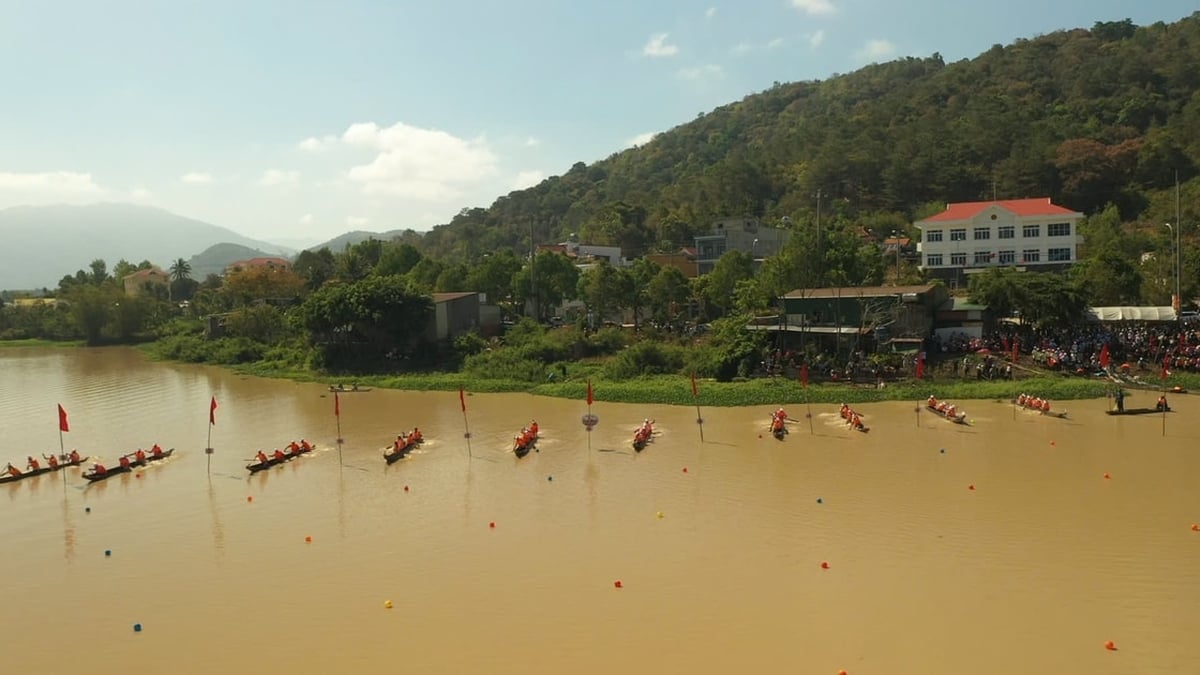
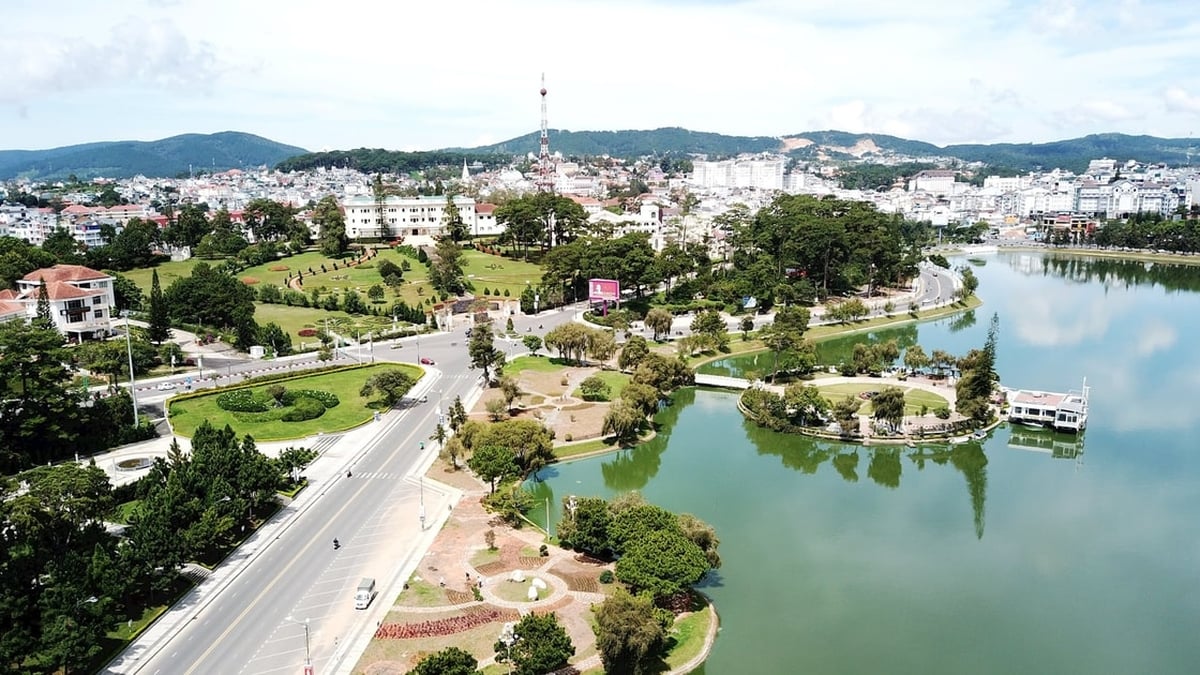
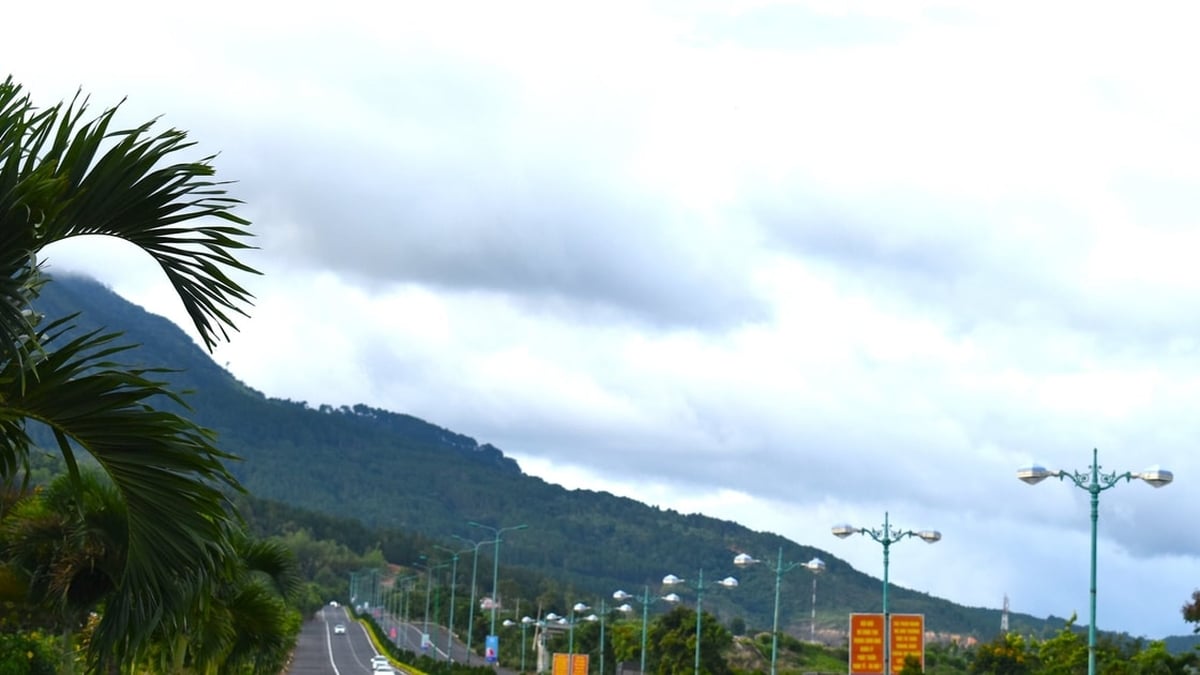
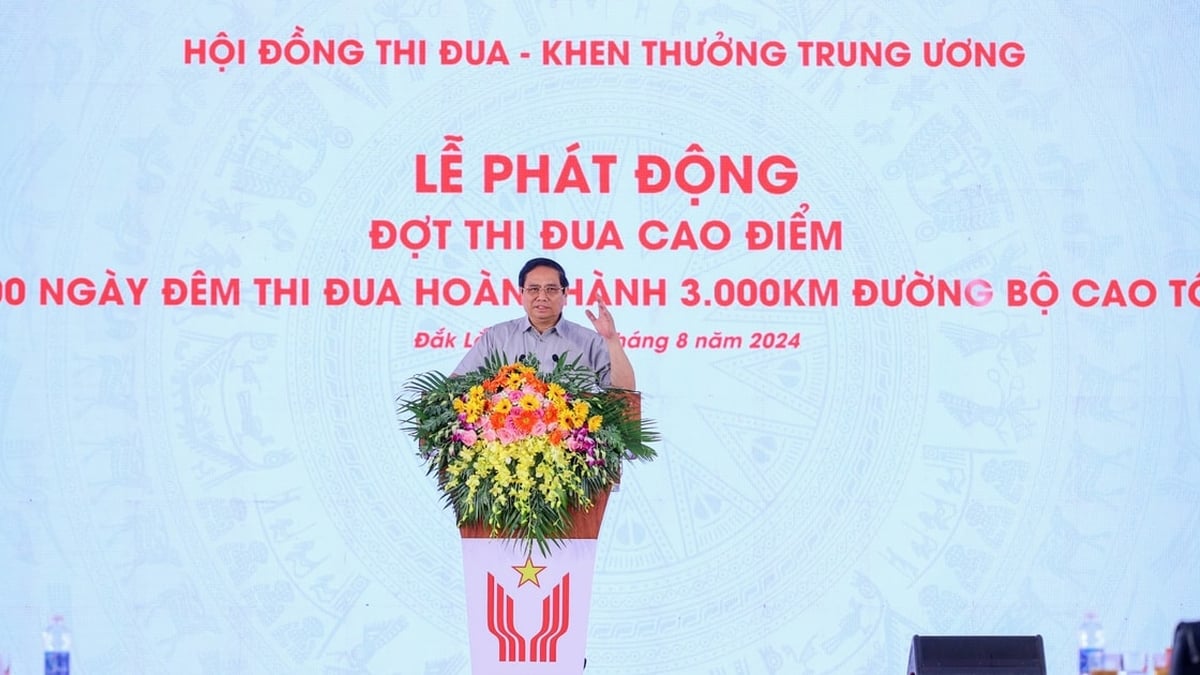
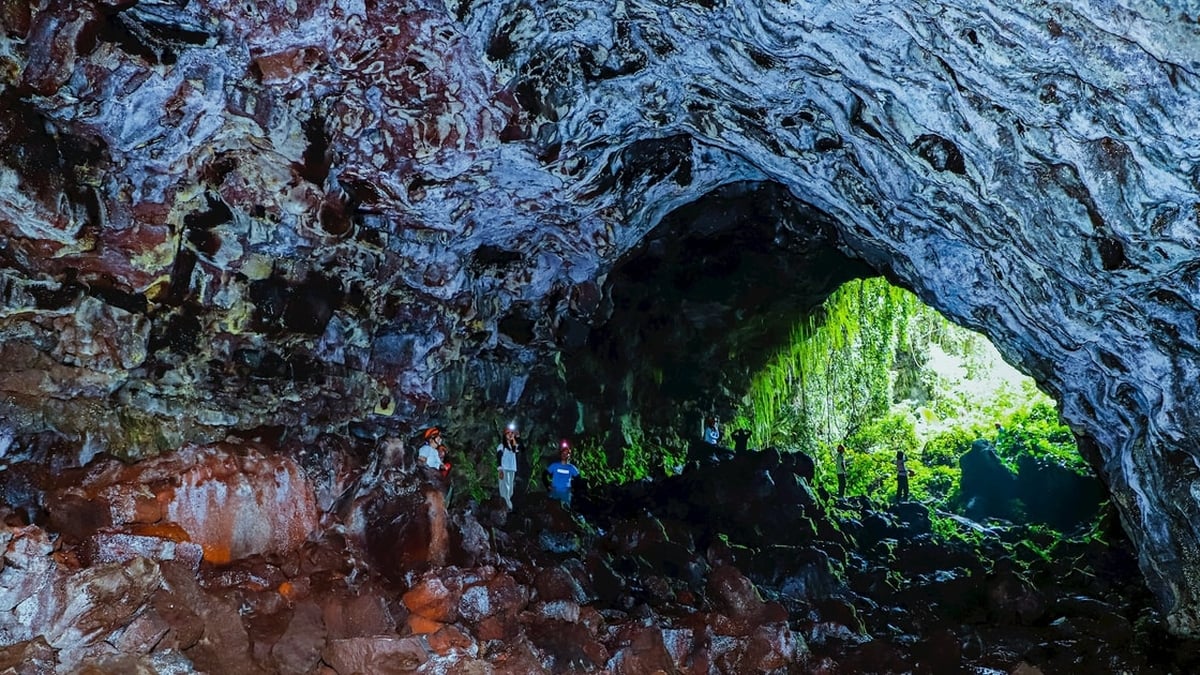
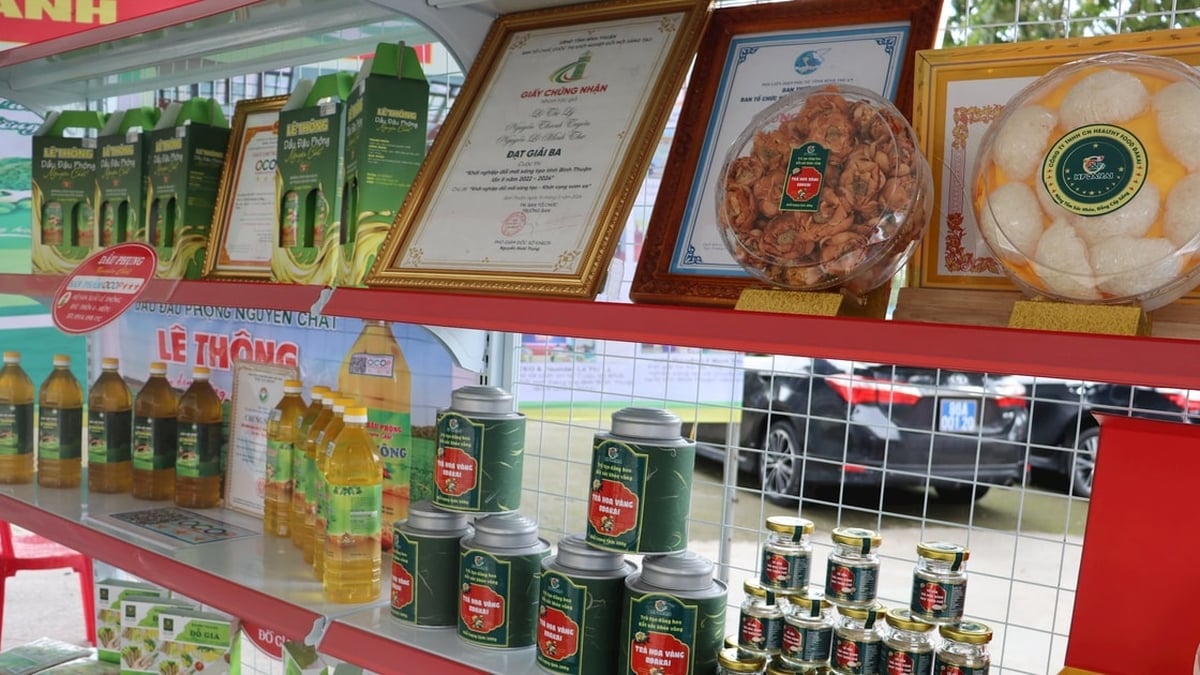























































































Comment (0)